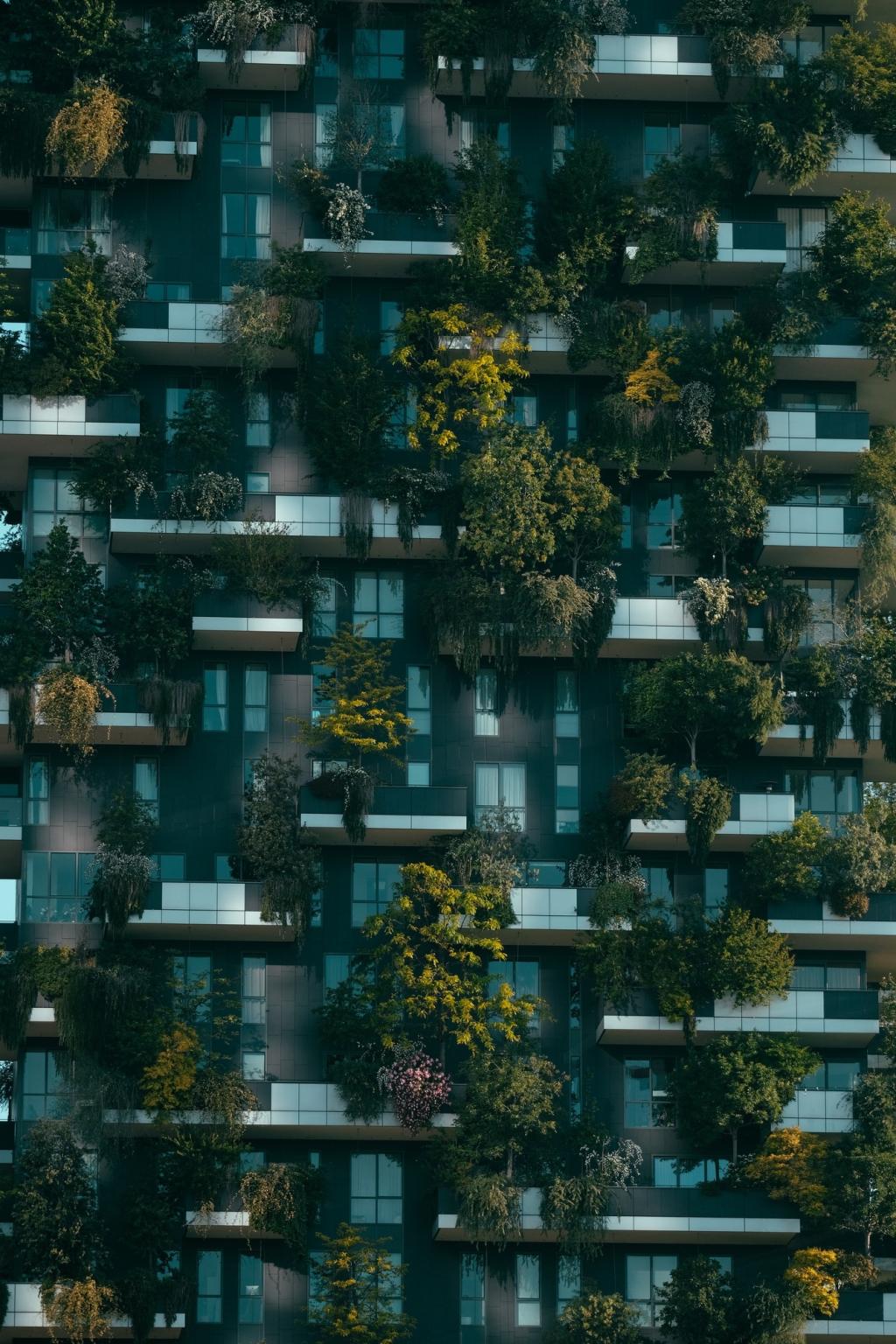Renewable Materials in Home Design
The increasing emphasis on sustainability has transformed the landscape of home design, prompting homeowners and architects alike to explore renewable materials that elevate aesthetics while minimizing environmental impact. Utilizing resources that regenerate quickly and require less energy to produce is crucial in combating climate change and reducing waste. Adopting renewable materials in your home does not mean compromising on style; instead, it presents an exciting opportunity to innovate and personalize your living environment in harmony with nature.

Sourcing renewable materials responsibly entails selecting options that are harvested or manufactured without depleting resources or harming ecosystems. Certifications, such as FSC for wood or Fair Trade for textiles, can indicate a commitment to ethical production and environmental preservation. By investing in responsibly sourced materials, homeowners support businesses dedicated to sustainable practices, encouraging a positive cycle of environmental stewardship throughout the supply chain. This approach ensures that the beauty and durability of renewable materials are matched by their ethical provenance.
Embracing Sustainability in Residential Spaces

Designing with Nature in Mind
Biophilic Design Elements
Biophilic design seeks to bridge the gap between built environments and the natural world, using materials, light, and layouts that evoke the outdoors. Renewable materials strengthen this connection, as their tactile surfaces, organic patterns, and varied hues mimic nature’s complexity. Features like timber accents, stone finishes, and woven fibers introduce a sensory richness absent from synthetic alternatives. By prioritizing such elements, homes become more tranquil, inspiring, and restorative—qualities essential for modern living.
Seamless Indoor-Outdoor Integration
Utilizing renewable materials makes it easier to extend the feeling of the outdoors seamlessly into your living space. Sliding doors framed in FSC-certified wood, terraces finished with bamboo decking, and natural-fiber furnishings all serve to blur traditional boundaries. This integration emphasizes continuity between inside and out, fostering relaxation and reducing the psychological distance from nature. Homeowners who embrace this approach often enjoy increased daylight, fresh air circulation, and enhanced views, all of which are key to well-being and comfort.
The Role of Color and Texture
Renewable materials often exude a richness of color and texture that cannot be replicated synthetically. The natural variation in grain, fiber, and hue adds depth and personality to interiors while ensuring no two spaces look exactly alike. Designers take advantage of these qualities by incorporating contrasting textures—such as smooth bamboo with deeply grained cork—to create visual interest and harmony. This multilayered approach not only celebrates material authenticity but also embraces the dynamic spirit of the natural world.
